Greenhouses are the ideal environment for nurturing a vibrant tropical paradise right in your own backyard. These controlled environments offer the perfect conditions for a wide variety of tropical plants to thrive, regardless of your geographical location. In this detailed guide, we'll explore how to transform your greenhouse into a lush mini jungle and share tips on cultivating some of the most captivating tropical specimens.The following content also has some reference value for raised garden beds.
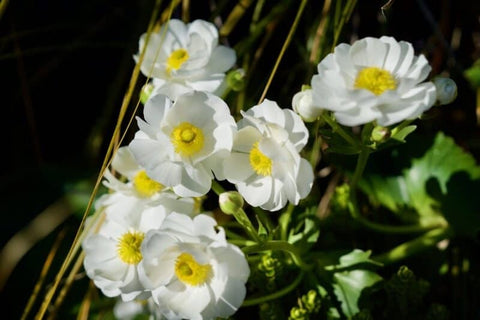
The Appeal of Tropical Plants
Tropical plants are beloved for their exotic beauty, lush foliage, and the sense of escape they provide. Here's why they make such a captivating addition to your greenhouse:
- Stunning Aesthetics: Tropical plants come in an array of shapes, sizes, and colors. From the dramatic leaves of Calathea to the vibrant blooms of orchids, they add drama and beauty to your greenhouse.
- Air Purification: Many tropical plants are excellent air purifiers. They can remove toxins from the air, making your greenhouse not only visually appealing but also healthier to be in.
- Year-Round Greenery: Greenhouses provide a consistent climate, allowing you to enjoy tropical greenery year-round, even in the dead of winter.
- Therapeutic Benefits: Tending to your tropical plants can be a form of horticultural therapy, reducing stress and promoting a sense of well-being.
Setting Up Your Tropical Paradise
Creating a mini jungle in your greenhouse requires careful planning and consideration of environmental factors. Here are the steps to get you started:
Choose the Right Greenhouse
Select a greenhouse structure that suits your space and budget. Consider factors like size, ventilation, and insulation. Polycarbonate greenhouses are a popular choice due to their durability and heat retention.
Temperature and Humidity Control
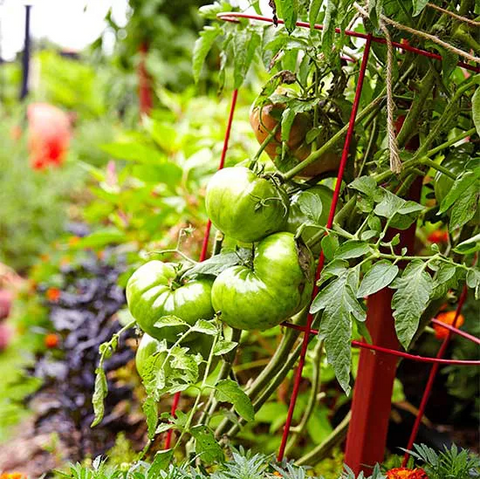
Tropical plants thrive in warm and humid conditions. Invest in a good-quality thermometer and hygrometer to monitor temperature and humidity levels. Depending on your location and the specific plants you want to grow, you may need heating and misting systems.
Lighting
While natural light is essential for tropical plants, it may not always be sufficient, especially in the winter. Install supplemental lighting with full-spectrum grow lights to ensure your plants receive adequate illumination.
Proper Ventilation
Ensure proper airflow in your greenhouse by incorporating roof vents, side vents, or exhaust fans. This helps maintain consistent temperatures and prevents mold and disease.
Flooring and Shelving
Choose flooring that drains well and shelving or benches that maximize space. Consider installing gravel or a well-draining surface for easier maintenance. Adjustable shelving units can accommodate plants of various sizes.
Watering and Humidity
Set up an efficient watering system, such as drip irrigation, to keep your tropical plants consistently hydrated. You can also use a humidity tray filled with water and pebbles to increase humidity levels.
Top Tropical Plants for Your Mini Jungle
Now that you've prepared your greenhouse, let's explore some stunning tropical plants to consider cultivating:
Orchids (Orchidaceae)
Orchids are known for their breathtaking blooms and come in a wide range of species and hybrids. They thrive in the controlled environment of a greenhouse, where you can precisely regulate their growing conditions.
Calathea (Calathea spp.)
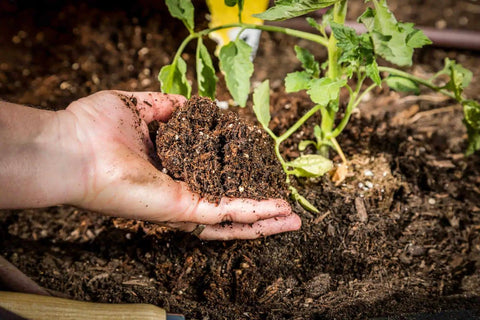
Calathea plants are renowned for their strikingly patterned leaves. They prefer bright, indirect light and high humidity, making them a perfect fit for a greenhouse.
Bromeliads (Bromeliaceae)
Bromeliads, with their vibrant foliage and unique growth habits, add a touch of the exotic to any greenhouse. They're relatively low-maintenance and thrive in a humid environment.
Bird of Paradise (Strelitzia reginae)
Known for its large, banana-like leaves and striking orange and blue flowers, the Bird of Paradise adds a bold and tropical flair to your greenhouse. It appreciates bright, indirect light and ample space to grow.
Palms (Arecaceae)
Various palm species, like the Areca Palm and Kentia Palm, bring a sense of the tropics with their graceful fronds. Palms thrive in warm, well-lit environments.
Anthurium (Anthurium spp.)
With their heart-shaped, glossy leaves and distinctive, spiky blooms, Anthuriums are tropical gems that love the humidity of a greenhouse.
Ferns (Filicopsida)
Ferns, such as the Maidenhair Fern and Boston Fern, are classic greenhouse choices. Their delicate fronds add an elegant touch to your mini jungle.
Plumeria (Plumeria spp.)
Known for their fragrant, vibrant flowers, Plumerias evoke the feel of a tropical paradise. They thrive in warm, sunny conditions.
Maintaining Your Mini Jungle
Once your tropical plants are settled in your greenhouse, ongoing care is crucial for their well-being:
Regular Pruning
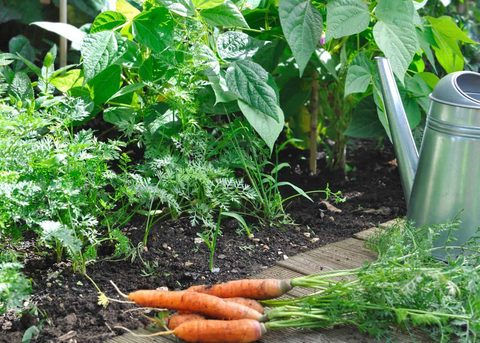
Prune dead or yellowing leaves and spent blooms to encourage healthy growth and maintain the aesthetics of your mini jungle.
Pest Management
Monitor your plants for pests like spider mites, aphids, and mealybugs. Use natural or chemical remedies as needed to keep them at bay.
Fertilizing
Feed your tropical plants with a balanced, water-soluble fertilizer during the growing season. Follow the specific recommendations for each plant type.
Repotting
As your plants grow, they may outgrow their pots. Repot them into slightly larger containers with fresh potting mix when necessary.
Disease Prevention
Prevent mold and disease by maintaining proper ventilation and not overwatering. Isolate any sick plants to prevent the spread of illnesses.
Embrace the Jungle
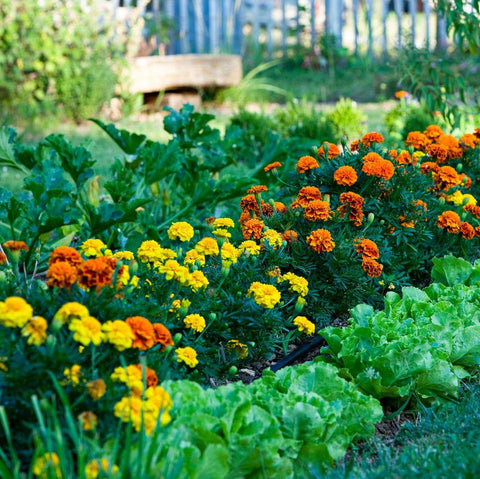
Creating a mini jungle in your greenhouse is a rewarding endeavor that allows you to enjoy the beauty and tranquility of the tropics year-round. With careful planning and maintenance, your tropical plants will flourish, turning your greenhouse into a lush oasis of greenery and color. So, roll up your sleeves, put on your gardening gloves, and get ready to immerse yourself in the captivating world of tropical horticulture.









